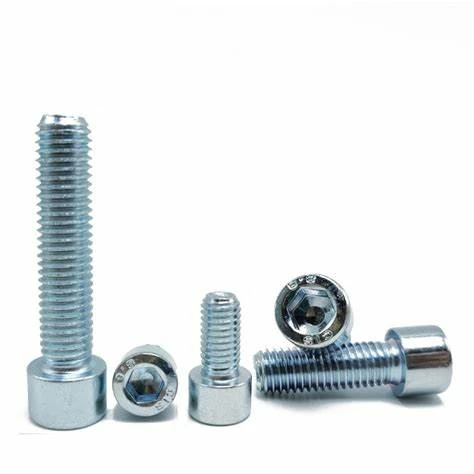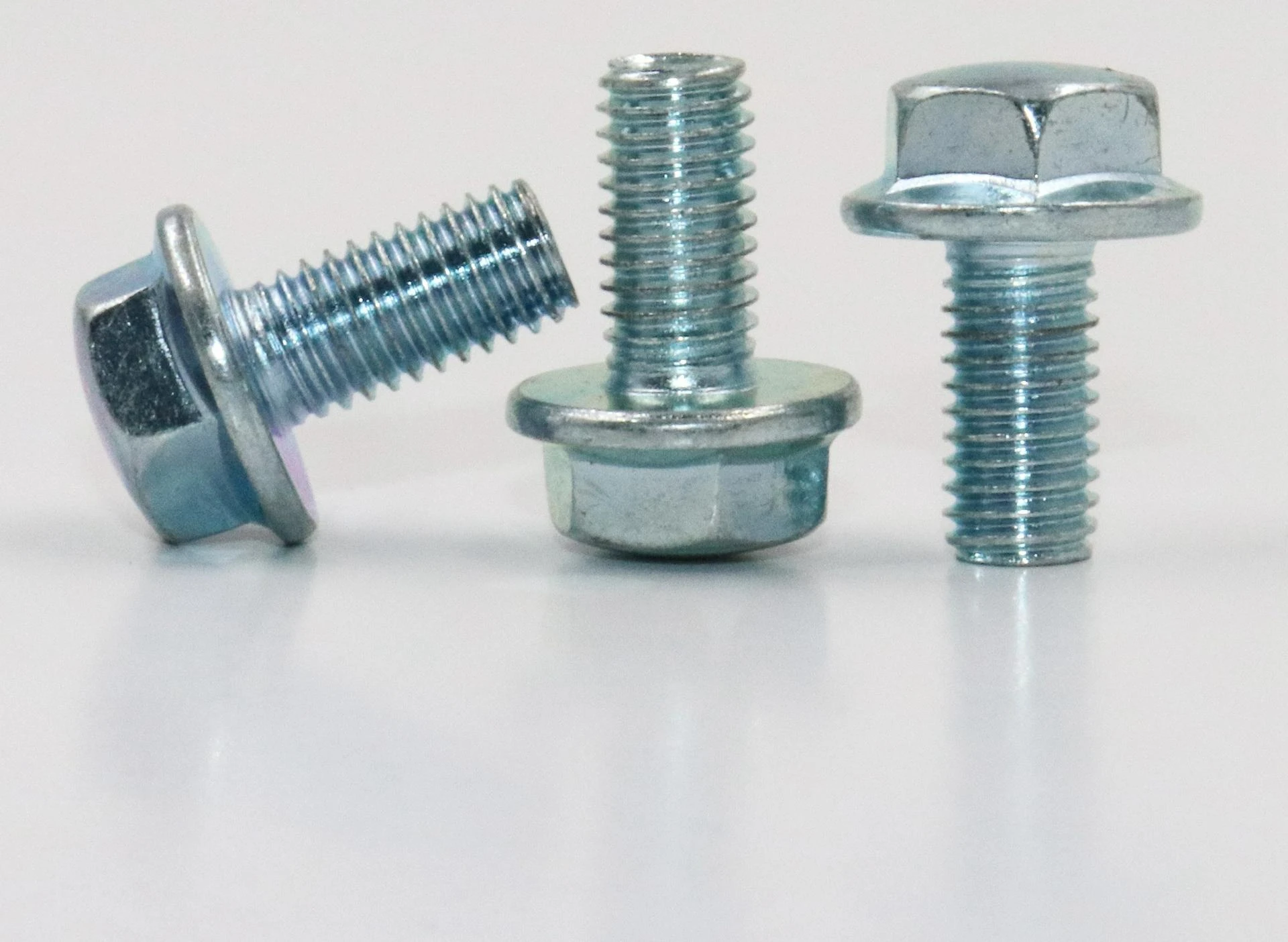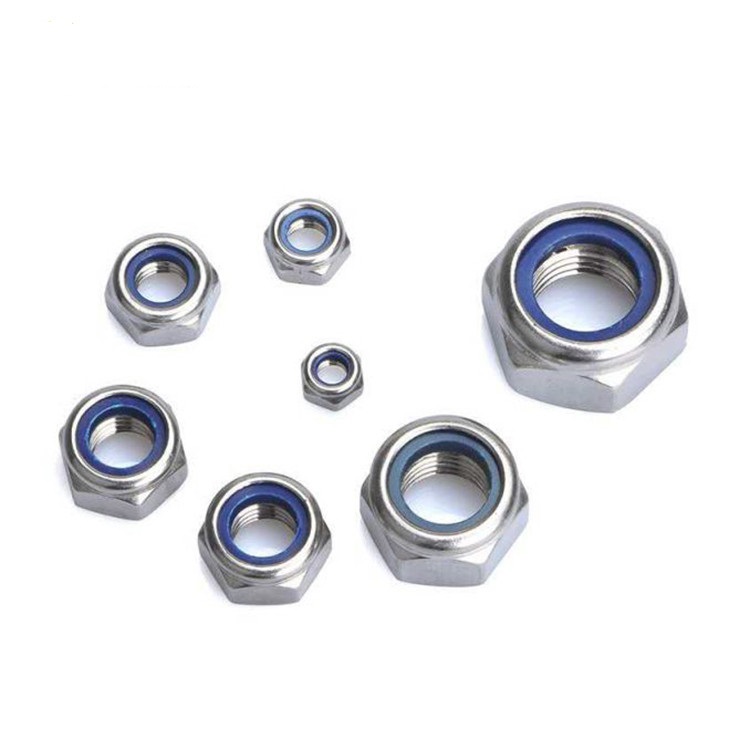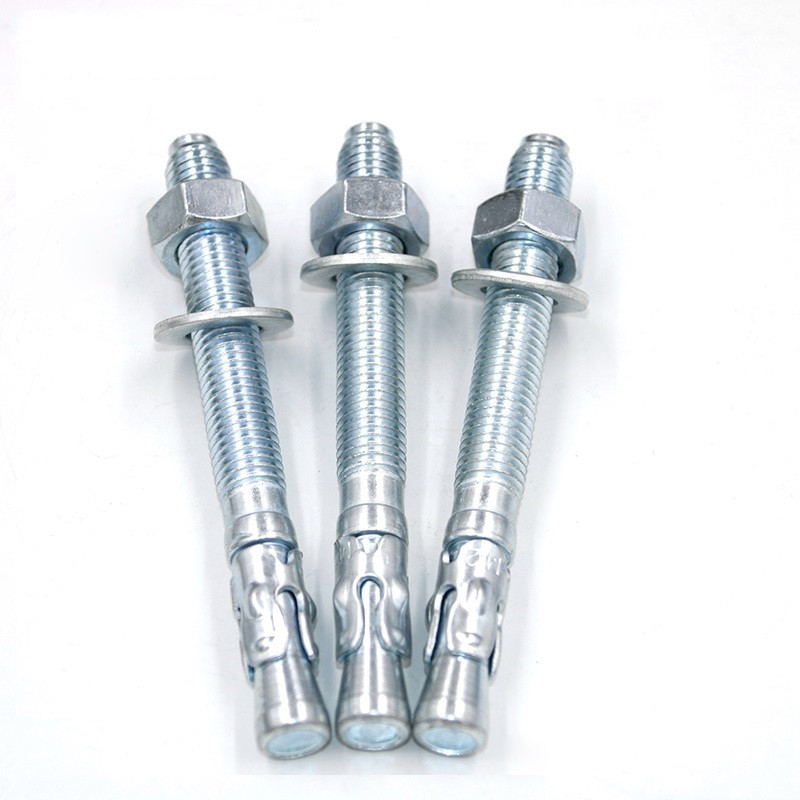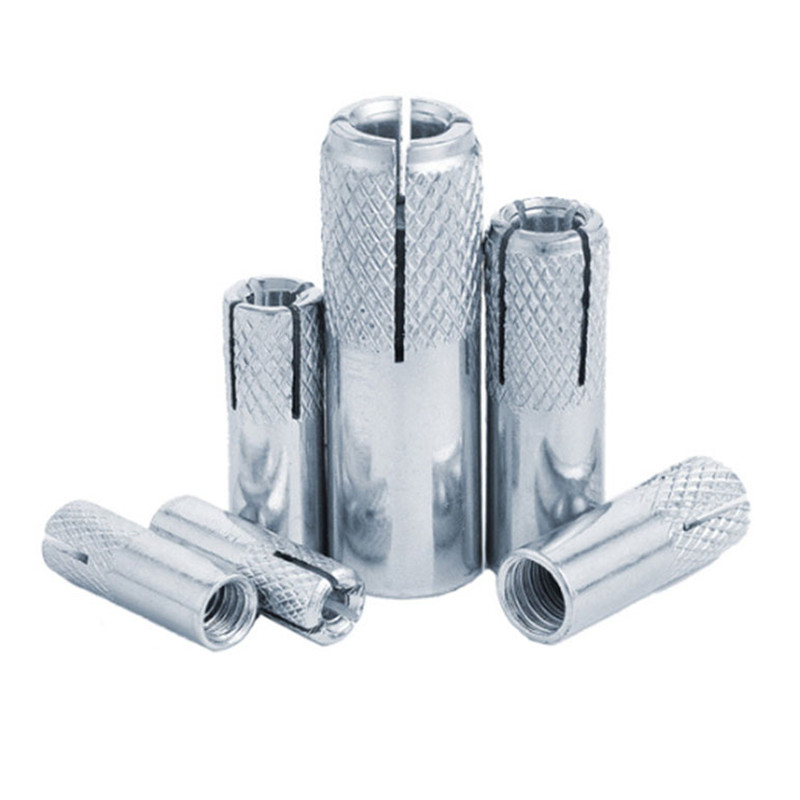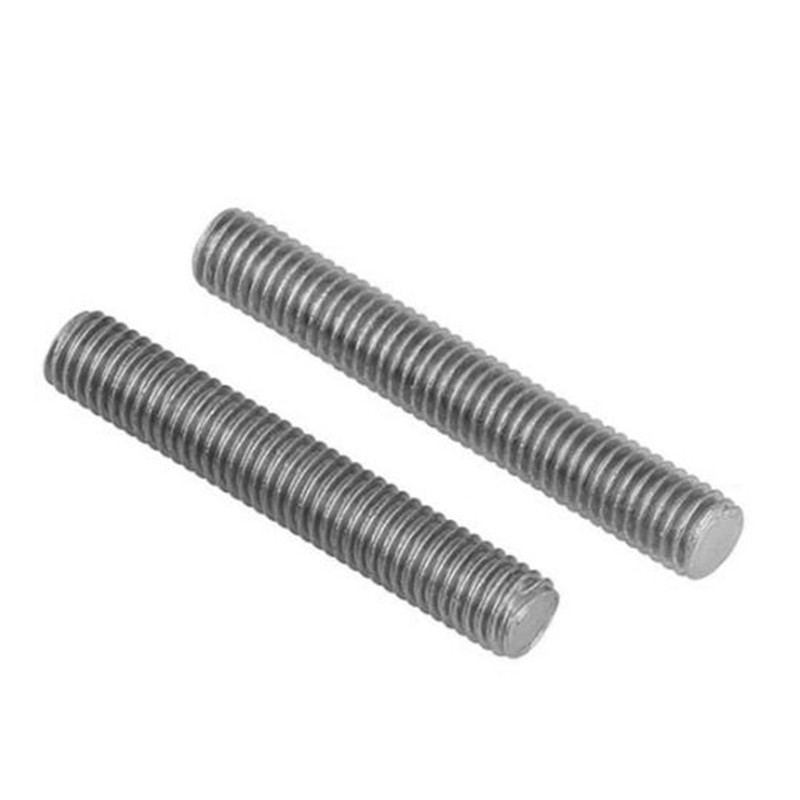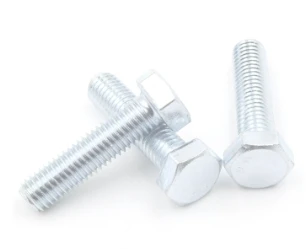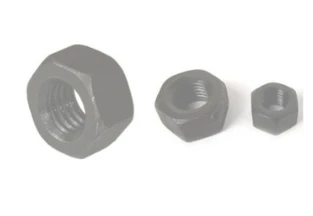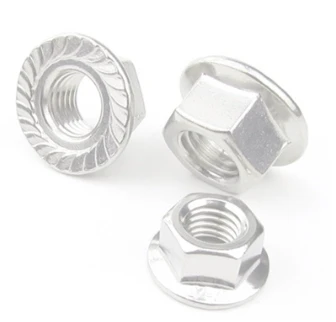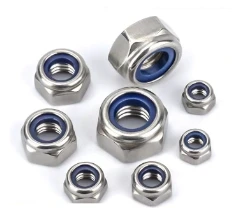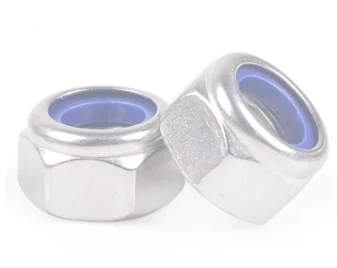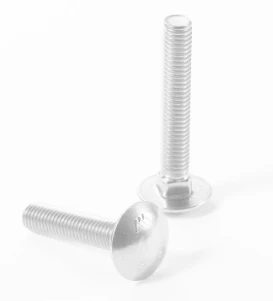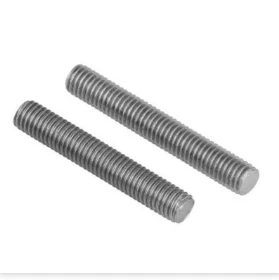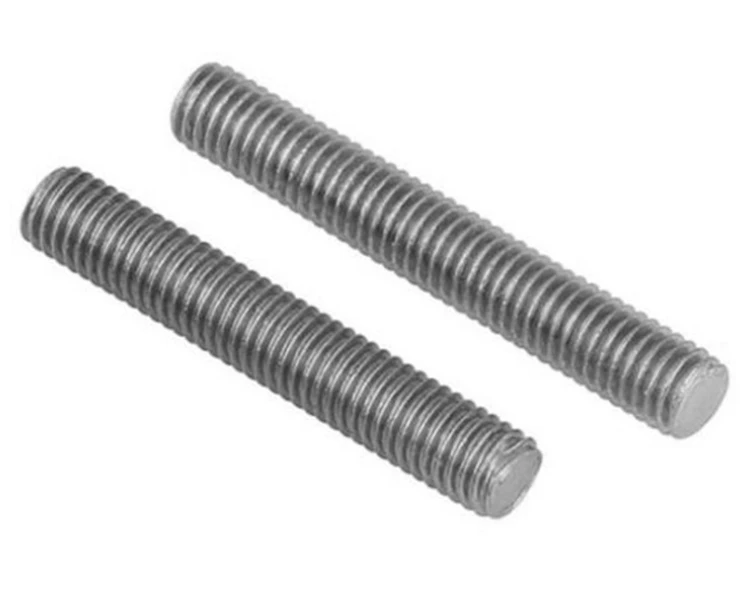The DIN 127 washer and its variants (DIN 127, DIN 127B, etc.) are critical components in the fastening and assembly industry, underpinning the reliability of bolted joints in petroleum, metallurgy, water-treatment, automotive, mechanical engineering, and energy sectors. As DIN127 spring washer market demand continues to rise due to advancements in equipment safety and design, understanding its technical metrics, manufacturing process, and industrial trends becomes essential for decision-makers and engineers alike.
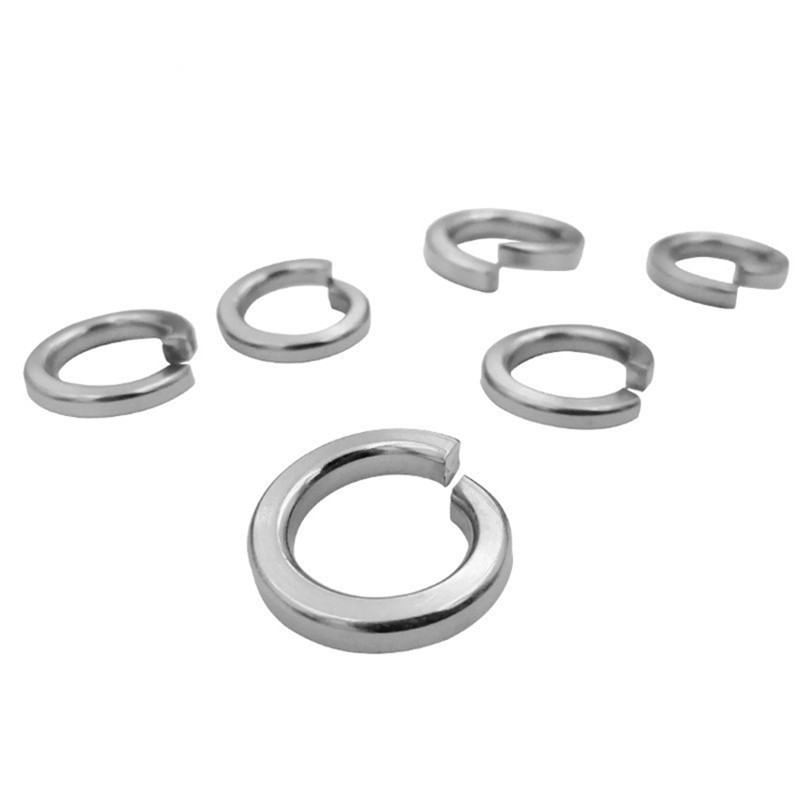
1. What is DIN 127 Washer: Definition & Standardization
The DIN 127 washer is a helical spring lock washer conforming to German Institute for Standardization (DIN) specifications, primarily designed to prevent loosening of bolted assemblies from vibration and dynamic loads. DIN 127B (the B variant) features a chamfered end, available in multiple sizes and materials per specific industry requirements. DIN127 spring washer meets testing and compliance under standards such as ISO 8752, ANSI B18.21.1, and is often referenced in technical sheets and PDFs relating to din127 spring washer.
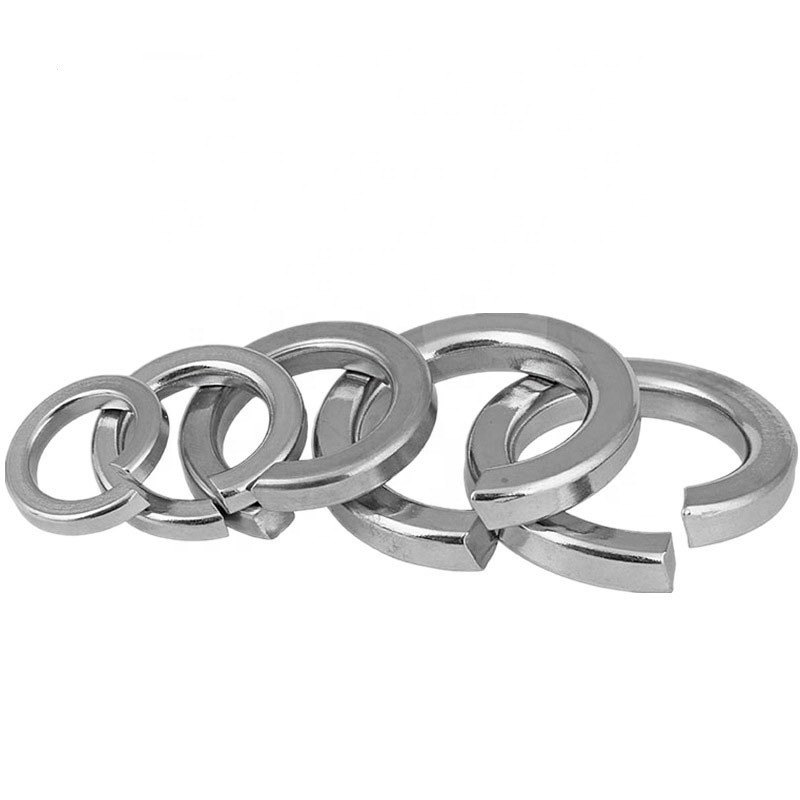
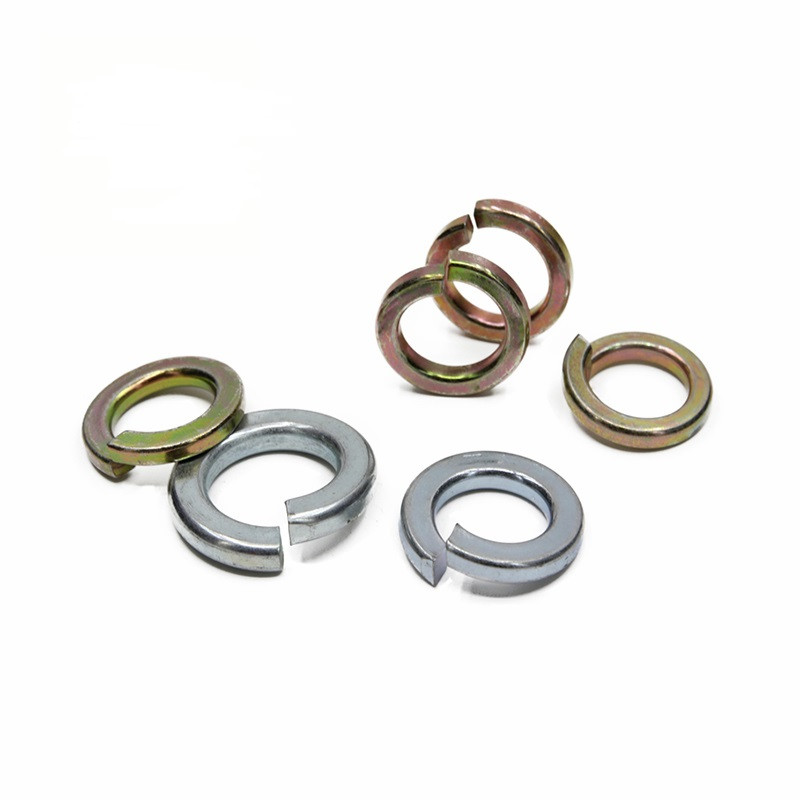 →
Helical Shape – Delivers spring tension and vibration resistance
→
Ends: Flat (DIN 127A) or Chamfered (DIN 127B) for specific fitment requirements
→
Helical Shape – Delivers spring tension and vibration resistance
→
Ends: Flat (DIN 127A) or Chamfered (DIN 127B) for specific fitment requirements
2. Industry Trends & Market Insights
- Global Spring Washer Market (2023): Valued at USD 650 million; projected 5.2% CAGR 2023-2028 (MRFR Report)
- Top Industries: Mechanical Engineering (32%), Automotive (26%), Energy & Power (17%), Oil & Petrochemical (14%), Water Treatment & Hydraulics (6%)
-
Technical Innovations:
- Materials science advances, e.g. carburized steel, A4 stainless for higher fatigue resistance
- Integration with smart assembly lines (IoT-based quality checks)
- Green manufacturing: Reduction of chromium-based passivation in line with RoHS/REACH
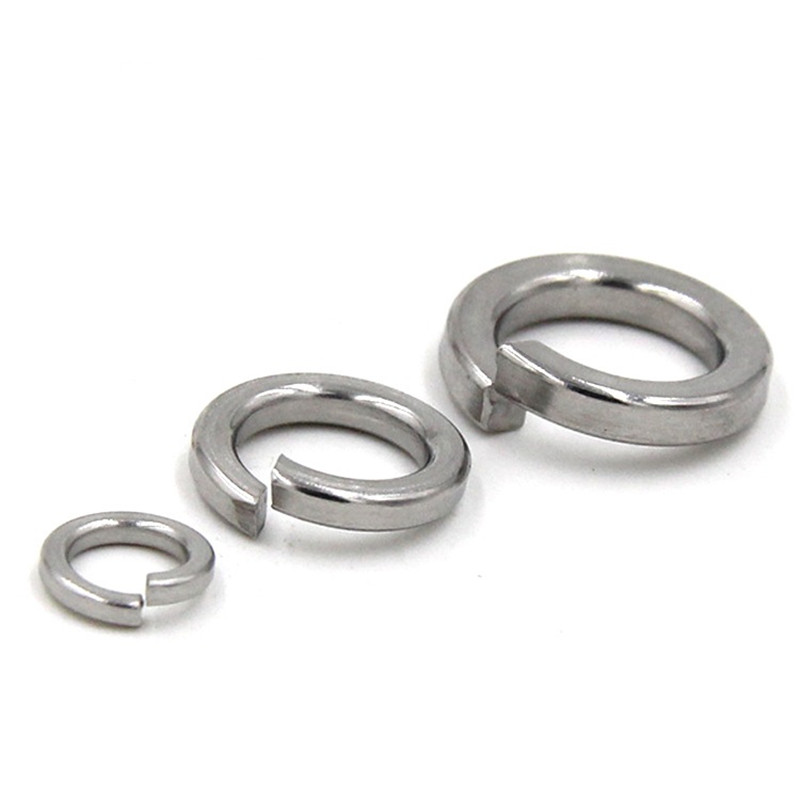
3. Technical Parameters: Specification & Data Table
| Parameter | DIN 127 | DIN 127B | Reference Standard |
|---|---|---|---|
| Nominal Diameter (d1, mm) |
M2 – M36 | M2 – M36 | DIN 127/127B |
| Outside Diameter (d2, mm) |
4.2 – 61.0 | 4.2 – 61.0 | ISO 7089 |
| Material Grade | Spring steel, SS304, SS316(A4), brass | Spring steel, SS304, SS316(A4), brass | EN 10270-1 |
| Finish | Zinc plated, phosphated, plain, hot dip galvanizing | Zinc plated, phosphated, plain | ISO 4042 |
| Wire Section | Rectangular (h≈b) | Rectangular; chamfered end | DIN 127 |
| Operating Temp. | -50°C to 300°C (SS) | -50°C to 300°C (SS) | ISO/TS 15510 |
| Corrosion Resistance | High (SS316/A4) | High (SS316/A4) | ISO 3506 |
| Resilience (DaN) | Up to 250 (M16) | Up to 250 (M16) | |
| Cyclic Life (Test) | 500,000 cycles (min) | 500,000 cycles (min) | DIN EN ISO 9227 |
Parameter Trend: DIN 127 Sizes vs Load Strength
Material Usage Distribution
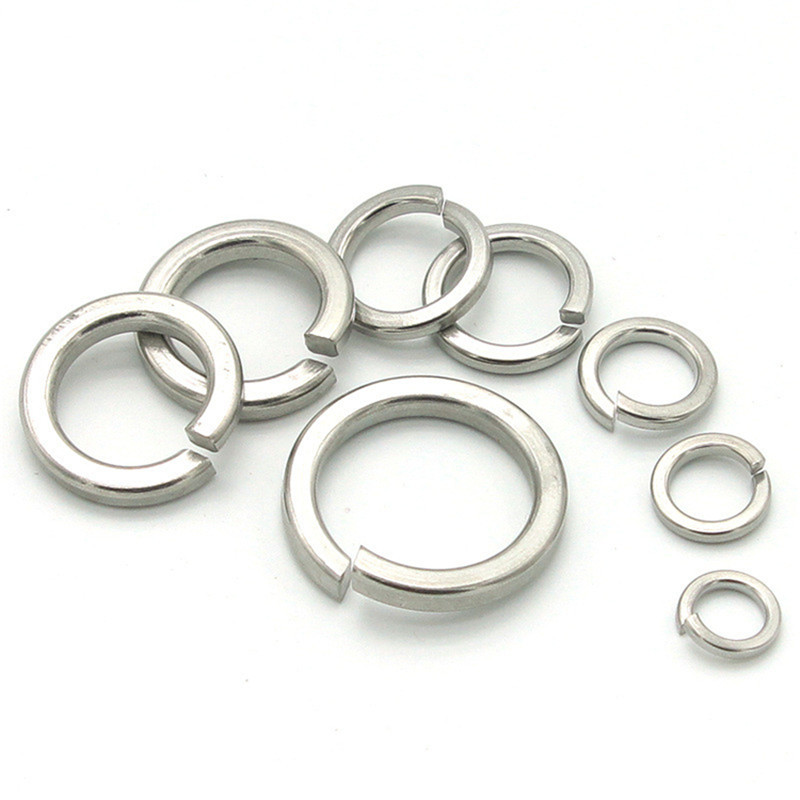
4. Manufacturing Process of DIN 127 Spring Washer
- Material Selection: Wire rod (spring steel: 60Si2MnA, stainless: SS304/SS316, brass) is sourced per required mechanical and corrosion specifications.
- CNC Forming / Coiling: Wire is fed into CNC-forming machines, shaped helically according to precise geometries (DIN 127, DIN 127B profiles).
- Chamfering & Cutting (for DIN 127B): Chamfering tools create oblique edge finish per 'B' type requirement.
- Heat Treating & Tempering: Springs are heat-treated (420°C-480°C typical) to optimize hardness (44~51 HRC) and fatigue strength.
- Surface Finishing: Zinc electroplating, phosphating, or hot-dip galvanizing per ISO 4042 to provide rust protection. Stainless types often passivated per ASTM A967.
- Dimensional Inspection: 100% checked for torque/flattening compliance per DIN 267, using high-precision optical systems.
- Packing & Traceability: Each lot is labeled with batch, date, and composition for full traceability and export.
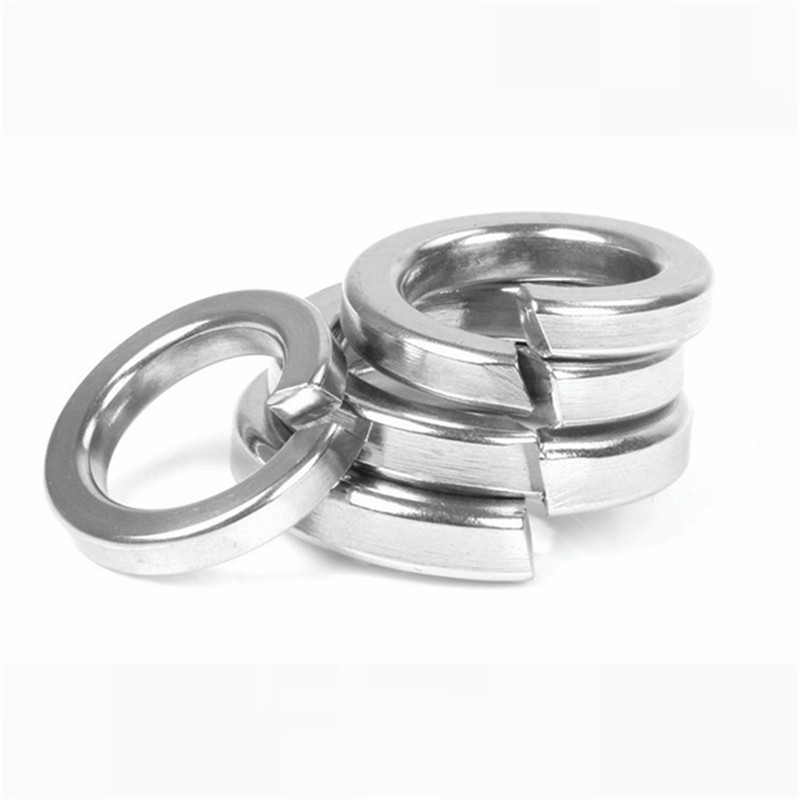
Raw Material → CNC Forming → Heat Treatment → Surface Finishing → Inspection & Packing
See manufacturing details: DIN127 Spring Washer Process
5. Technical Advantages & Typical Application Segments
- Anti-Loosening: The helical shape produces spring tension that resists loosening under dynamic or vibratory loads.
- Wide Materials & Coating Options: Ranging from cost-effective spring steel (for dry indoor use) to marine-grade stainless (A4) for high-corrosive environments.
- Tested Fatigue Resistance: Standard DIN 127 washer can withstand over 500,000 load cycles; high fatigue endurance certified per DIN EN ISO 9227.
- Customization: OEM/ODM available (dimensions, surface, markings, packaging).
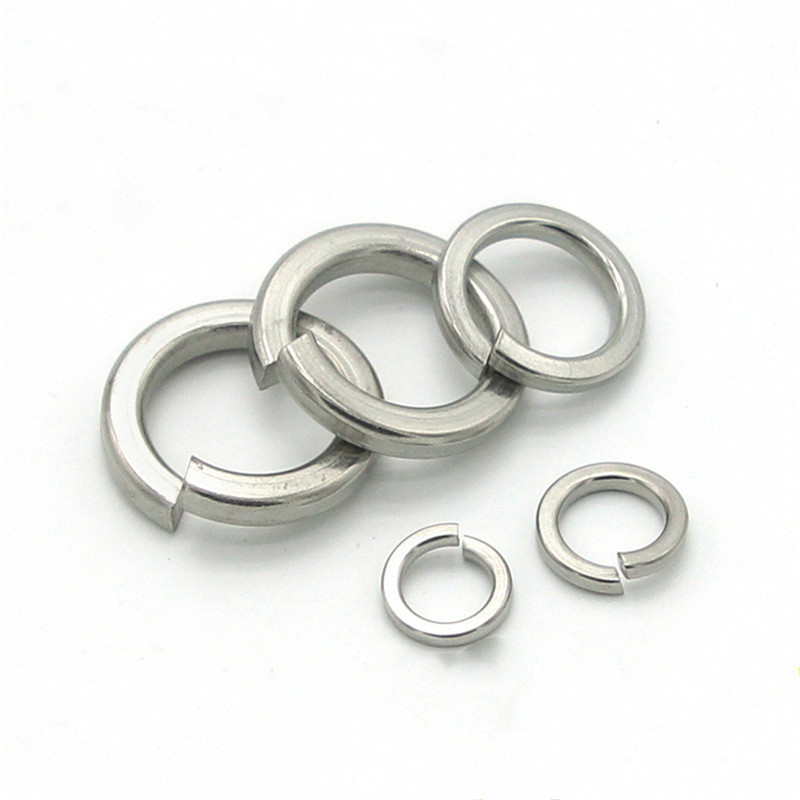
- Petrochemical Pipelines: Prevents bolt slackening due to temperature cycling and vibration.
- Metallurgical Facilities: Ensures assembly stability in high-load conveyor and crane systems.
- Water Treatment Installations: Resists corrosive agents and agitation-induced vibration.
- Renewable Energy Assemblies: Used in wind turbine and solar farm anchor bolts for mechanical security.
- Automotive Chassis: Widely adopted in suspension and engine segments where persistent vibration exists.
DIN 127 Washer Market by Industry (2023)
Corrosion Resistance Test: Failure Hours
6. Leading Manufacturers & Comparison Table
| Supplier | Key Features | Available Sizes | Certification | OEM/ODM |
|---|---|---|---|---|
| HBTBLS (China) | Spring steel, A2/A4; surface: HDG, zinc; EN 10270 wire; strict batch tracing | M2-M36 | ISO 9001, SGS, RoHS | Yes |
| WüRTH (Germany) | DIN 127B, up to M48; galvanized, wide industry coverage | M3-M48 | ISO 9001, DIN, REACH | Yes |
| BOLLHOFF (France) | Custom-grade SS; corrosion focus; precision testing reports | M3-M36 | ISO 14001, IATF 16949 | Yes |
| FASTENAL (USA) | Bulk industrial, consistent specs; online 3D CAD models ready | M5-M24 | ANSI, ISO, ASTM | Partial |
Only buy from manufacturers with ISO 9001, SGS, RoHS and relevant third-party certificates, ensuring each DIN 127 washer batch meets mechanical, environmental, and traceability standards.
7. Customization, Delivery & Support
- Custom Manufacturing: Wire diameter, O.D., finish, markings are tailor-made to your drawings or standards (DIN 127 B PDF, CAD files accepted).
- Lead Time: 7–15 working days for standard sizes (M6–M20); 18–25 days for bulk or special alloys.
- Warranty: 24 months factory warranty for breakage/rust under proper installation.
- Customer Support: Free technical consultation; installation guides; global shipping/logistical assist.
Email or fill the contact on product page for a quote or drawing review.

8. Real Project Case: DIN127 Spring Washer in Application
Situation: Severe bolt loosening due to cyclical temperature and vibration.
Solution: Upgraded to SS316 DIN 127B washers (source: HBTBLS) replacing standard washers.
Result: Post-installation, 97.8% reduction in maintenance calls (FMEA report, client-provided).
References: Energy-efficient Fastener Systems, ScienceDirect, 2022
9. FAQ: Professional Answers About DIN 127 Washer
10. References, Industry Insights & Downloads
Post time: Jul . 29, 2025 16:00


